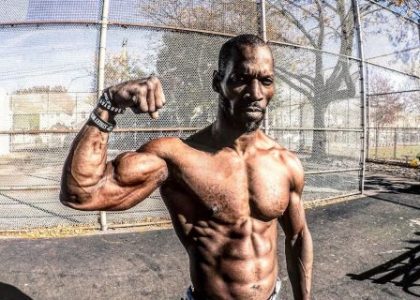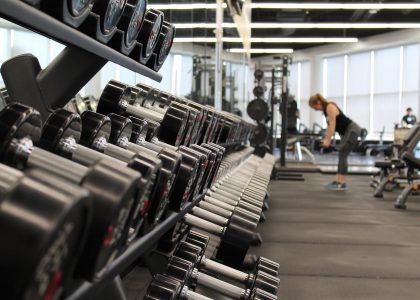There are various scientifically approved principles of training that should be used or taken into account when planning any type of training, to encourage physical performance.
If you prepare a sports strategy, it wouldn’t hurt to take a look at these basic training principles:
Principle of adaptation
It refers to the ability of the body to adapt according to the demands that are welcome to be imposed.
So, depending on how we practice the specific movements of a sport, we will be able to master it over time which will vary more or less depending on the condition of the subject.
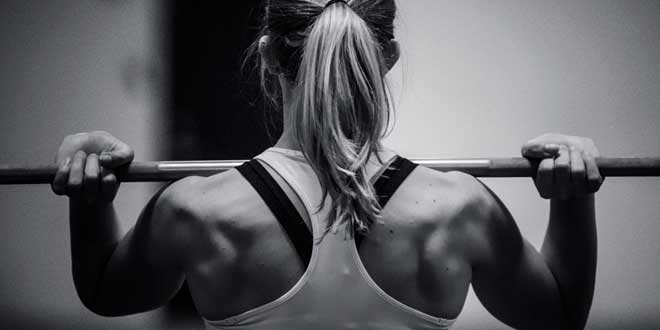
To achieve adequate performance, the stimulus applied must be placed between certain intensities in which the organic response produces the optimal effects .
Each individual has different capabilities and limitations, so the load must always be adapted to each after a previous evaluation.
Adaptation is also responsible for explaining why a newcomer to the world of weights experiences a lot of fatigue after finishing his first routines , after a few weeks they become much stronger and are able to withstand more intense workouts. For a highly trained athlete, this principle states that will become more efficient in front of a specific exercise, producing less energy expenditure for the same effort .
Principles for guaranteeing adaptation
Continuity and periodization
Continuity training allows the power to reach the genetic potential that athletes possess in their performance .
The principle of repetition guarantees the establishment of habits and knowledge, the stability of the technique, the acquisition of experience and sports results.
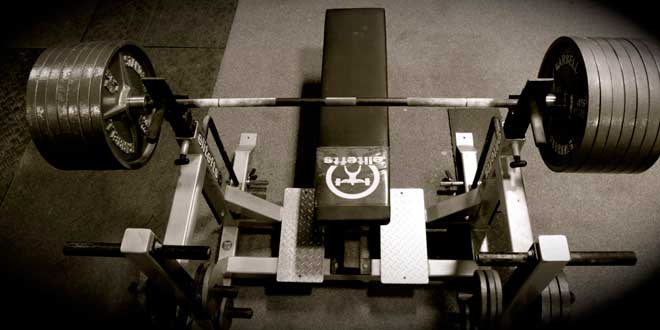
The concept of periodization is closely related to the processes of performance improvement through sports planning.
It consists of determining training periods or cycles in which training loads are distributed taking into account the components of the load itself.
Periodic regeneration
A procedure used by high-level athletes is to overcome the stagnation phase through a long regeneration cycle of between 6 and 12 months. This regeneration cycle is based on the application of loads of much lower intensity and volume.
Principle of differences individual
This takes into account that since each person is unique , it is very likely that we will respond slightly differently to the same exercise or routine.
It is very important to have this in mind when developing our routine and not be guided by what happens if it works for someone else …

Some of these differences between individuals have to do with size, genetics, training experience, past injuries, sex, …
For example, a woman may need a little longer to recover than a man, or veteran athletes longer than younger ones.
It is true that to carry out the planning of a certain routine is not carried out overnight, and you need to know your body and the reaction to the stimulus very well. But with this information, you definitely don’t accept the typical routine they give you the same day you join the gym …
Overload Principle
This training principle establishes that the body needs a greater stimulus than the previous one to influence it and “force it” to generate a new adaptation .
If we want to improve our performance , both in strength and endurance, we must gradually increase the workload.
Variety and alteration of the load
A variable increase in load is a prerequisite for performance improvement.
The idea of altering the load refers to providing stimuli of a different nature (for example, alternating heavy sets of bench press, with technical and light sets of deadlifts).
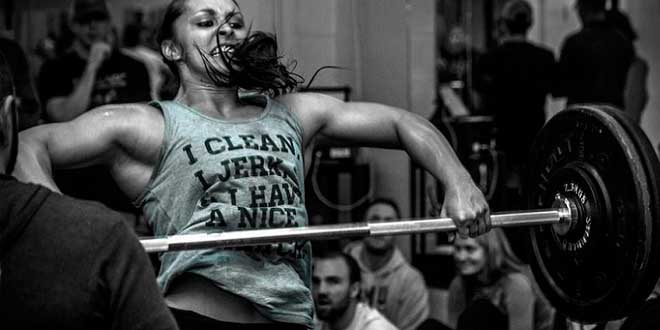
The optimal relationship between load and recovery is directly related to the supercompensation principle, determining that after each load or stimulus an optimal recovery time is required to achieve results performance .
If it’s a muscle of we want to see strength increased, we will train with increasing loads . To improve endurance, the muscle must work for a longer period of time than when the intensity is higher.
Principle of progression
This principle implies that There is a certain overload level or threshold that must be exceeded and a specific time interval for this overload to occur.
A systematic and gradual increase in workload over a period of time will contribute to positive results in our performance and with a lower risk of injury.
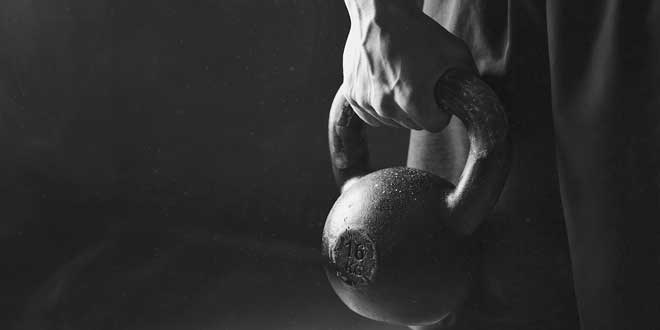
If the increase in overload is very slow, the short-term improvement it will be unlikely, but if it occurs too quickly, it can result in injury or muscle damage.
This training principle implies respect for adequate and correct recovery and rest . Continuous stress on the body, as well as constant overload lead to fatigue and injuries.
A clear example is “the weekend athlete”, who trains vigorously, only in these two days, violating the progression principle and, in general, does not find any improvement in terms of form physics.
Principle of Use / Disuse
This training principle has many implications in the world of bodybuilding, especially as it relates to sarcoplasmic hypertrophy .
It deals with premise “use it or leave it”, ie the muscle gained is necessary to continue working it , are the prices to give the body a “reason” why it should keep it.
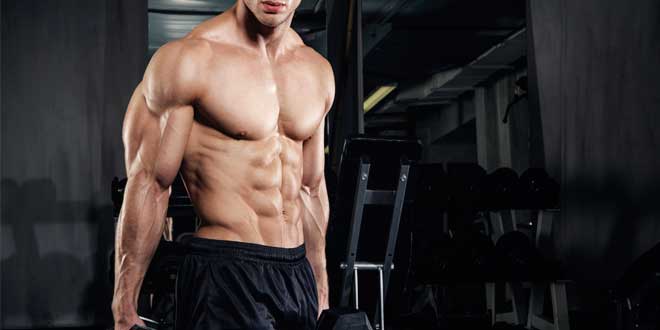
Don’t be afraid… you won’t be resting d training, that you will lose all the muscles you have gained.
For this there are several factors: the physical condition of the person, how long he has been training, how long he has stopped training …
If we suffer an injury, an illness, are busy with work, we are on vacation, … whatever the reason, the important thing will be the time we spend without training, which motivates us to leave this level reached. However, if in the time we trained we were excellent athletes, in a short time we will return to the same level, and above all we will overcome it in a short time.
Principle of Specificity
The principle basically states that if we want to see a part of our musculature improved, or a specific skill, we have no choice but to train it.

A runner will train to run, a swimmer to swim, if we want to improve our amount of traction, then we will have to practice, practice and a little more, practice …
Even if having a good sports base will help us a lot, or we can even resort to routines that indirectly promote the improvement we seek, the truth is that if you want to be the “best” for a particular sport or action, we will have b I need to train specifically for this.



